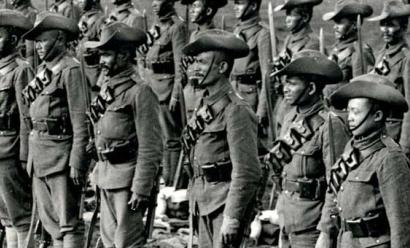

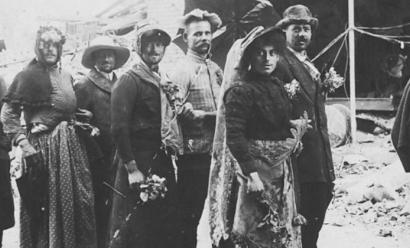
Downloadable Lesson Plan
Female Impersonation and WWI
Out for Safe Schools / One Archives Foundation
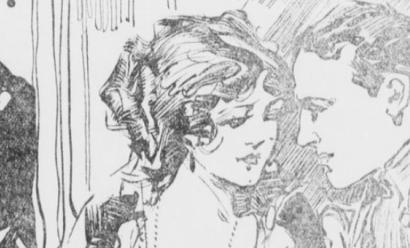
Primary Sources Research Guide
Topics in Chronicling America: Female Spies in World War I
Library of Congress
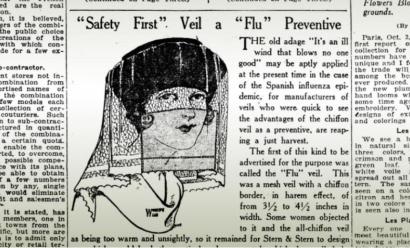

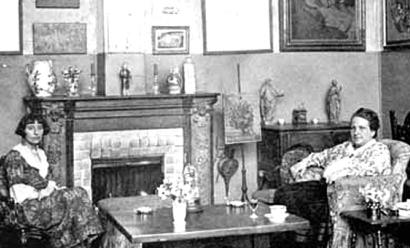



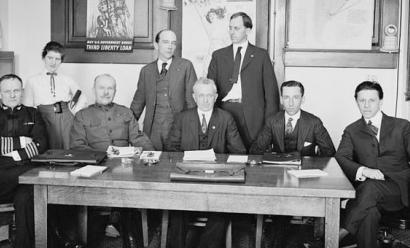

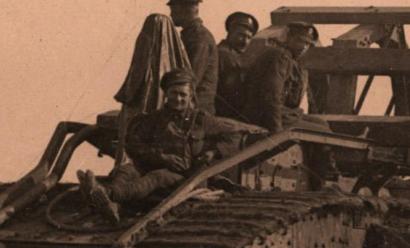
Article
Hundred Days Offensive: Fighting to End the War
In collaboration with US WW1 Centennial Commission
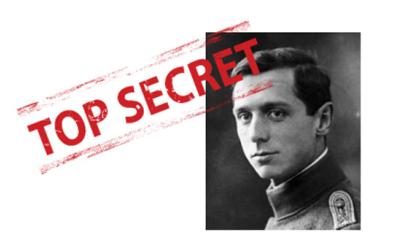
Downloadable Lesson Plan
In Their Shoes: World War I Through the Eyes of Early Participants
MacArthur Memorial
Pagination
- First page
- Previous page
- …
- 7
- 8
- 9
- 10
- 11
- …
- Next page
- Last page

